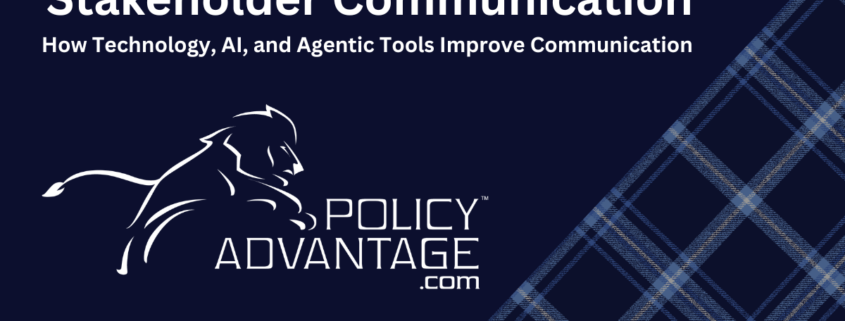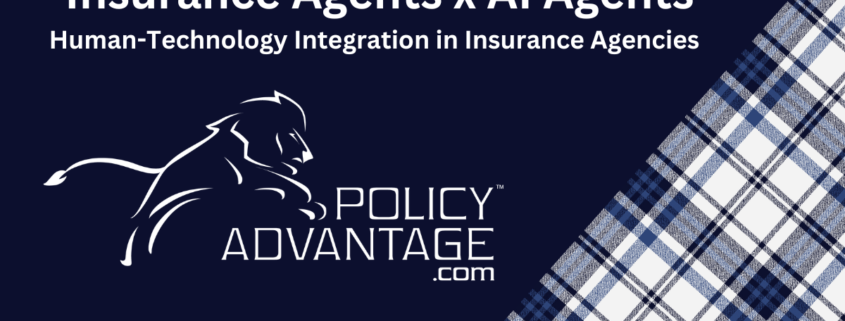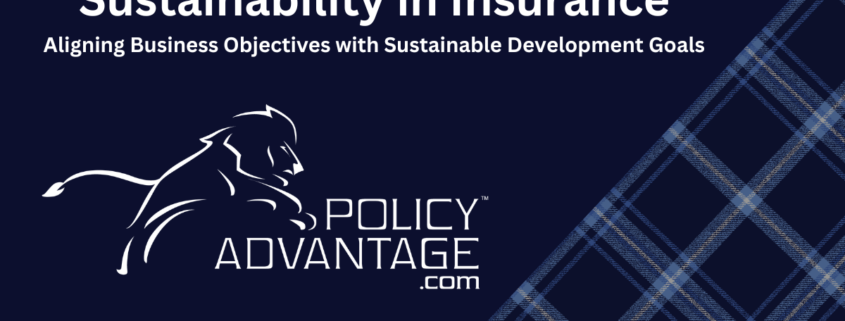Smart Support at Every Step: How AI Assistants Empower Consumers and Stakeholders
In a fast-paced, information-heavy world, insurance can be confusing — even overwhelming. Whether you’re a a small business navigating employee benefits or a digital nomad searching for global health coverage, you want clarity, speed, and personalized support. That’s where AI assistants come in. These powerful tools are redefining how consumers and stakeholders engage with insurance by offering intelligent, real-time assistance that’s always available.
 What Is an AI Assistant?
What Is an AI Assistant?
An AI assistant is a smart, digital helper powered by artificial intelligence. It can interpret questions, analyze context, and respond with relevant, tailored information — instantly. AI assistants can be trained specifically in the insurance domain, meaning they understand unique language, logic, and options within U.S. and international insurance products.
They’re not a chatbots that just spit out links. They are an intelligent system that can:
- Break down complex coverage options
- Compare plans based on your needs
- Help you calculate tax credits or premium estimates
- Explain compliance terms like QSEHRA, ICHRA, or ACA
- Assist small agencies or HR teams with policy questions
- Schedule meetings or route you to licensed advisors when needed
 How It Works
How It Works
The AI assistant works in real-time on platforms and integrates with various resources including plan databases, compliance guidelines, and customer service portals. Here’s a simplified look at the process:
- You Ask a Question:
Type in something like “What’s the difference between QSEHRA and ICHRA?” or “Can I get coverage in Portugal while working remotely?” - AI Analyzes Context:
The assistant understands the meaning behind your question — not just the keywords — and considers your user type (consumer, HR team, agency partner, etc.). - Delivers Human-Friendly Output:
You’ll get a straightforward, tailored explanation or suggestion, often with links to helpful resources or the ability to talk to an expert directly. - Learns and Improves:
The assistant constantly evolves by learning from interactions and feedback, getting smarter over time.
 Real-Life Use Cases
Real-Life Use Cases
Let’s take a look at some practical ways consumers and stakeholders can utilize AI assistants:
1. Remote Worker Chooses the Right Global Plan
Scenario: Ana, a freelance graphic designer moving between Spain and Brazil, wants year-round global health coverage.
AI Assist: After a few simple questions, the assistant filters policy options that offer full international coverage, explains the pros/cons of expat vs nomad plans, and helps her book a consult with a licensed advisor.
2. Small Business HR Navigates Compliance with Ease
Scenario: A 10-person startup wants to offer a QSEHRA but doesn’t understand how to reimburse employees.
AI Assist: The assistant walks the HR lead through allowable amounts, IRS documentation, and reporting guidelines — all in clear language. It even provides a sample reimbursement policy document.
3. Insurance Agency Partner Onboards a New Client Faster
Scenario: A partner agency is helping a client with an ICHRA setup for 25 remote employees across 5 states.
AI Assist: It helps the agency understand multi-state compliance, integrates with their onboarding workflow, and provides curated plan bundles that meet ICHRA eligibility in each location.
4. Digital Nomad Has an Emergency Abroad
Scenario: Mike, an insurance customer in Thailand, needs to know if his hospital visit is covered.
AI Assist: Instantly checks network providers in his area, gives him contact info for local partners, and routes the request to a claims specialist for follow-up.
 Why It Matters
Why It Matters
The AI assistant doesn’t replace human expertise — it amplifies it. By handling routine questions, quick comparisons, and personalized education, it frees up time and delivers better outcomes. Consumers get empowered to make confident choices. Agencies and HR leaders get scalable support. And PolicyAdvantage.com becomes more accessible and efficient for everyone involved.
Conclusion:
AI isn’t the future of insurance. It’s the now. At PolicyAdvantage.com, we’re deep diving on advanced technology to deliver smarter service — whether you’re on the road, at the office, or managing policies for a team. With an AI assistant by your side, your insurance journey is faster, simpler, and more human than ever before.
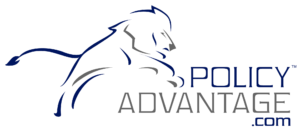

 1. Use AI-Powered Tools to Find the Right Policy Faster
1. Use AI-Powered Tools to Find the Right Policy Faster 2. Access Mobile-Friendly Portals and Apps
2. Access Mobile-Friendly Portals and Apps 3. Tap Into Global Coverage with Geolocation Tech
3. Tap Into Global Coverage with Geolocation Tech 5. Blockchain for Privacy and Claims Transparency
5. Blockchain for Privacy and Claims Transparency 6. Connect Instantly with Virtual Human Advisors
6. Connect Instantly with Virtual Human Advisors 7. AI-Powered Claims Assistance and Virtual Filing
7. AI-Powered Claims Assistance and Virtual Filing 8. Dashboards That Track Your Benefits and Cost Savings
8. Dashboards That Track Your Benefits and Cost Savings 9. Predictive Tech to Keep You Covered in Advance
9. Predictive Tech to Keep You Covered in Advance 10. Automated Renewals and Smart Subscriptions
10. Automated Renewals and Smart Subscriptions Let’s Bring It All Together
Let’s Bring It All Together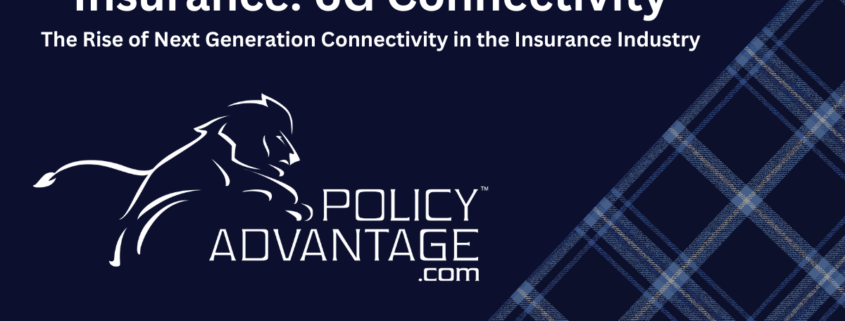
 A Quick Look Back: The Evolution of the “G’s”
A Quick Look Back: The Evolution of the “G’s” Stakeholder Advantage: The Broader Ecosystem Benefits
Stakeholder Advantage: The Broader Ecosystem Benefits Final Thoughts: Connectivity = Client Empowerment
Final Thoughts: Connectivity = Client Empowerment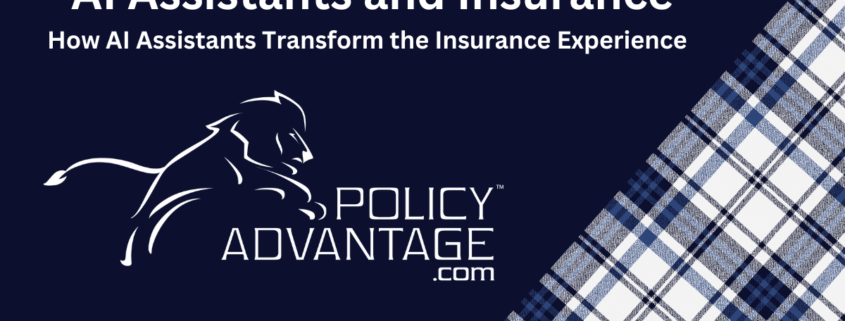
 How PolicyAdvantage.com Is Leveraging AI for You
How PolicyAdvantage.com Is Leveraging AI for You The Future Is Smart, Personal, and Always On
The Future Is Smart, Personal, and Always On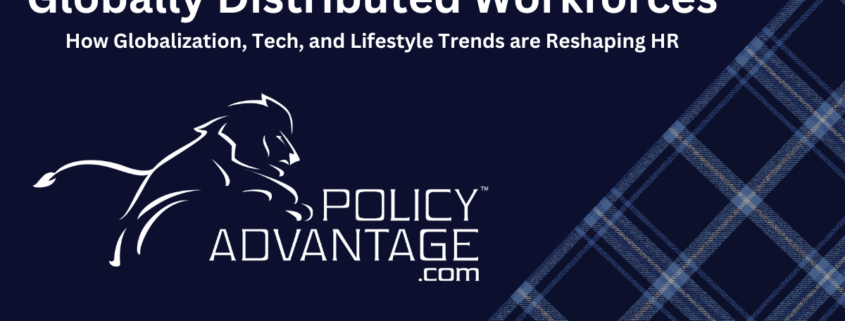
 Remote Employees & Teams – Ensure your team has global health benefits that work across countries and continents.
Remote Employees & Teams – Ensure your team has global health benefits that work across countries and continents. Ready to Thrive in the Global Workplace?
Ready to Thrive in the Global Workplace? Visit PolicyAdvantage.com to learn more about global health insurance for distributed teams and remote workers.
Visit PolicyAdvantage.com to learn more about global health insurance for distributed teams and remote workers.
 Example: A health insurer uses RAG to assist customer service reps. When a member calls about whether a procedure is covered, the AI retrieves the most relevant policy terms in real time and generates a clear explanation. This reduces human error and eliminates costly follow-up calls.
Example: A health insurer uses RAG to assist customer service reps. When a member calls about whether a procedure is covered, the AI retrieves the most relevant policy terms in real time and generates a clear explanation. This reduces human error and eliminates costly follow-up calls. Example: A physician treating a complex case uses a RAG-powered assistant that retrieves NIH guidelines, prior patient outcomes, and drug interactions to help determine the best treatment plan — reducing unnecessary procedures or medications.
Example: A physician treating a complex case uses a RAG-powered assistant that retrieves NIH guidelines, prior patient outcomes, and drug interactions to help determine the best treatment plan — reducing unnecessary procedures or medications. Example: A Medicaid member uses a chatbot to ask questions about dental coverage. The chatbot retrieves the right information from the plan documentation and explains it in simple terms, in the member’s preferred language.
Example: A Medicaid member uses a chatbot to ask questions about dental coverage. The chatbot retrieves the right information from the plan documentation and explains it in simple terms, in the member’s preferred language.